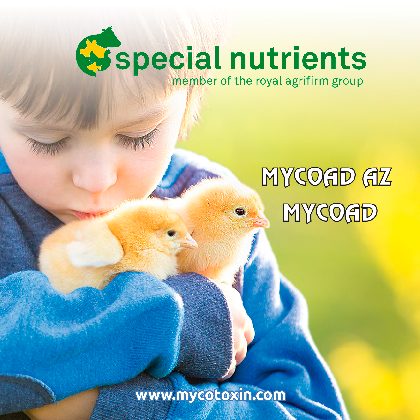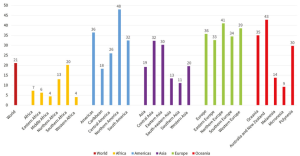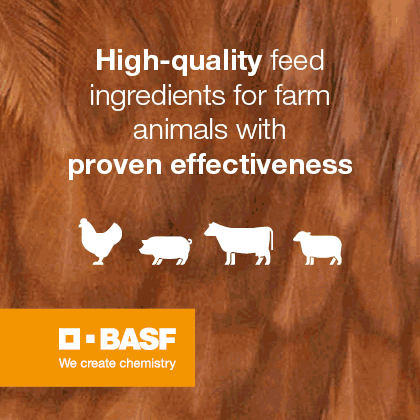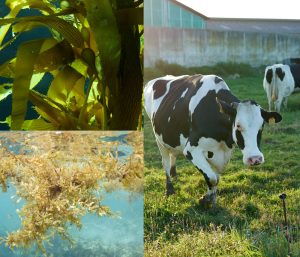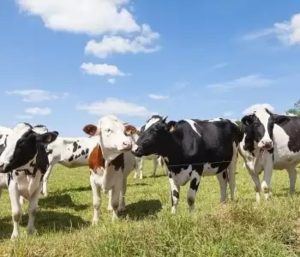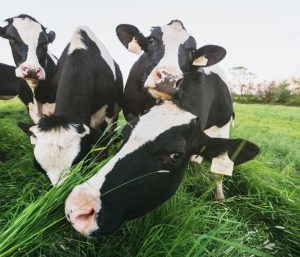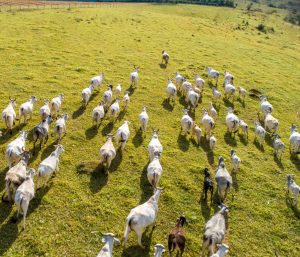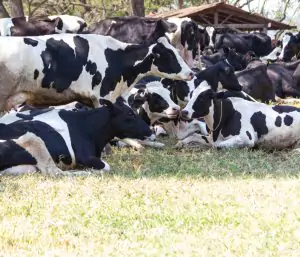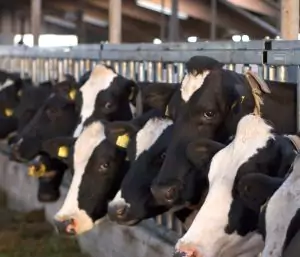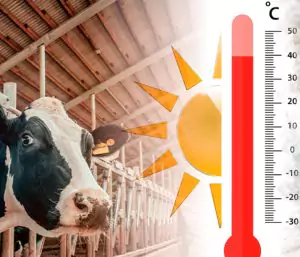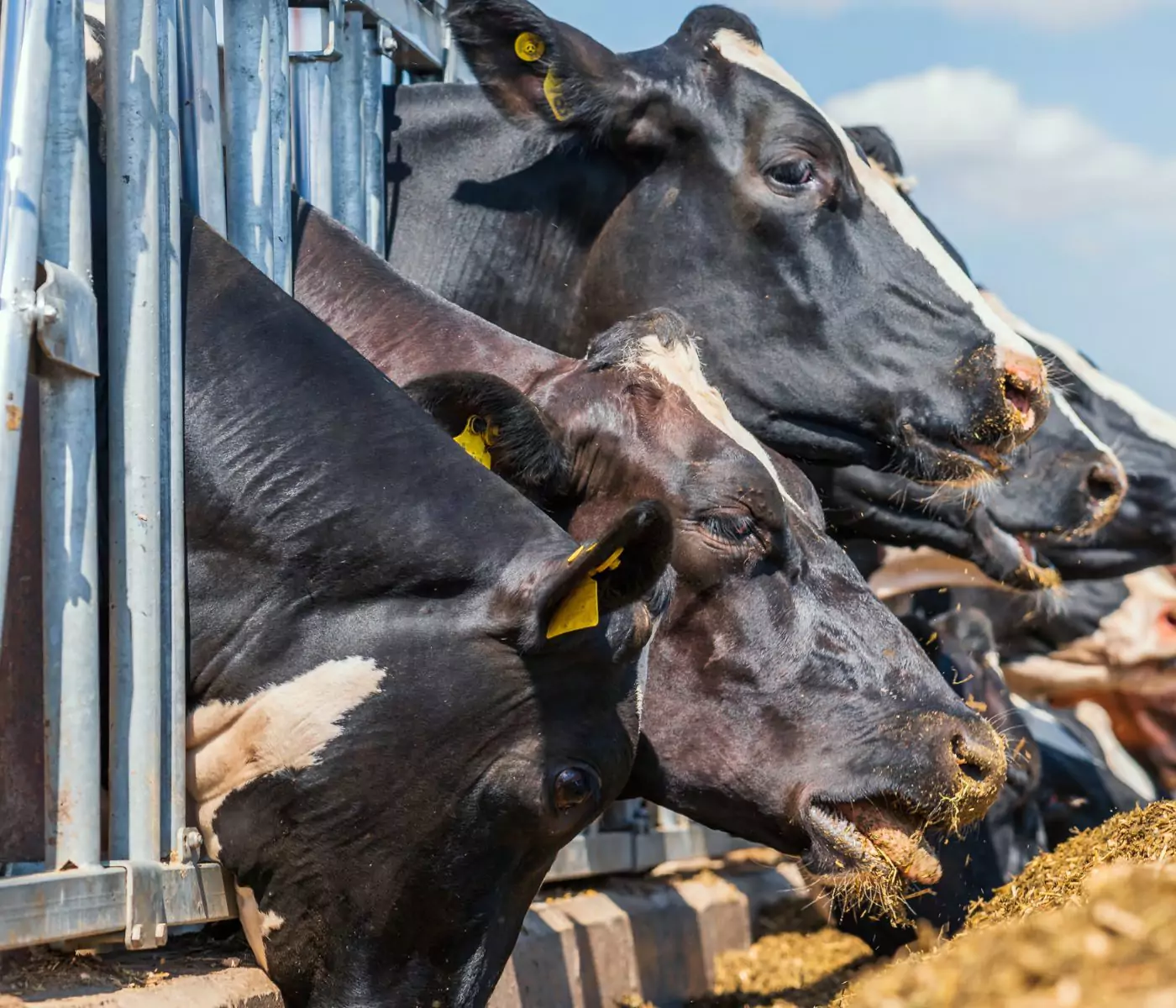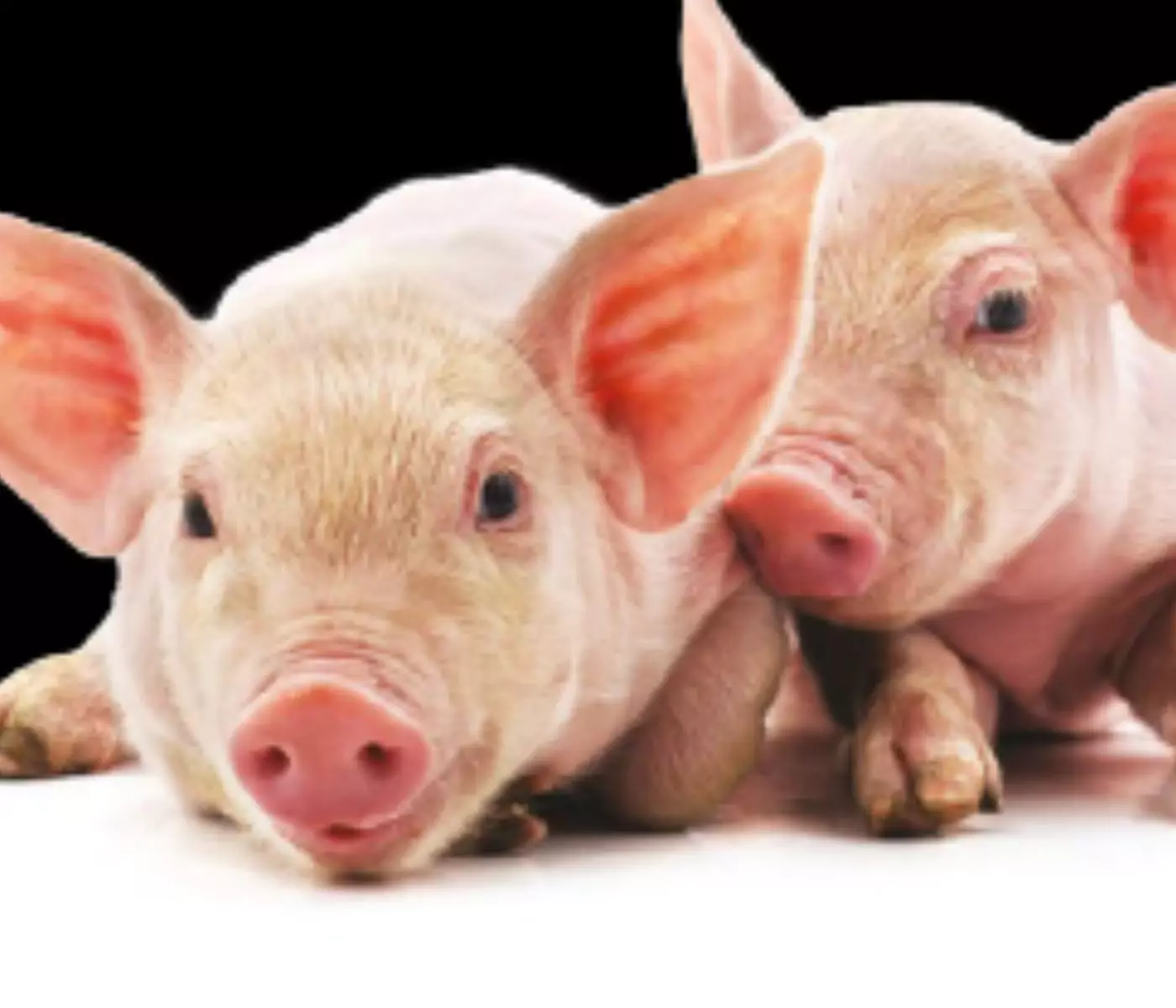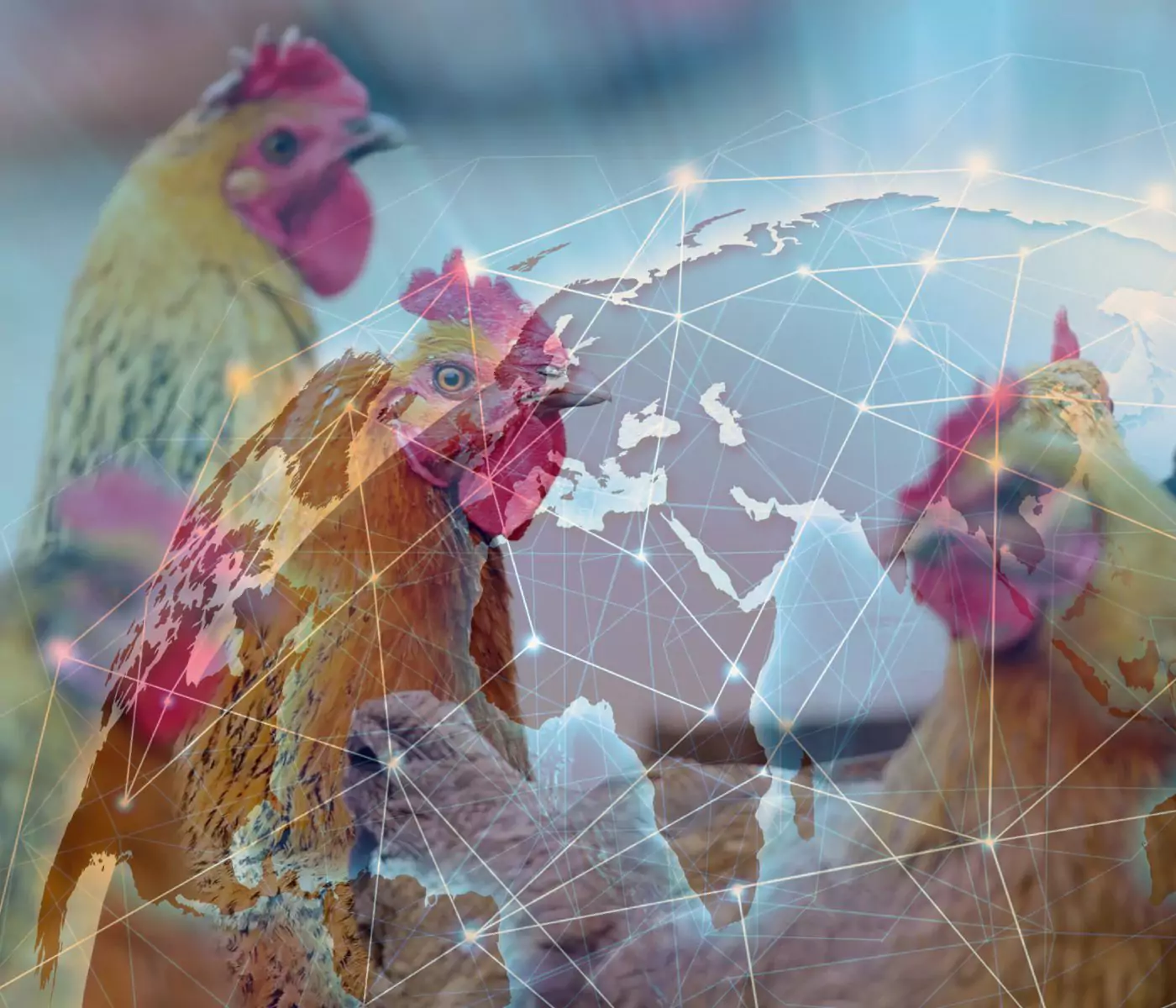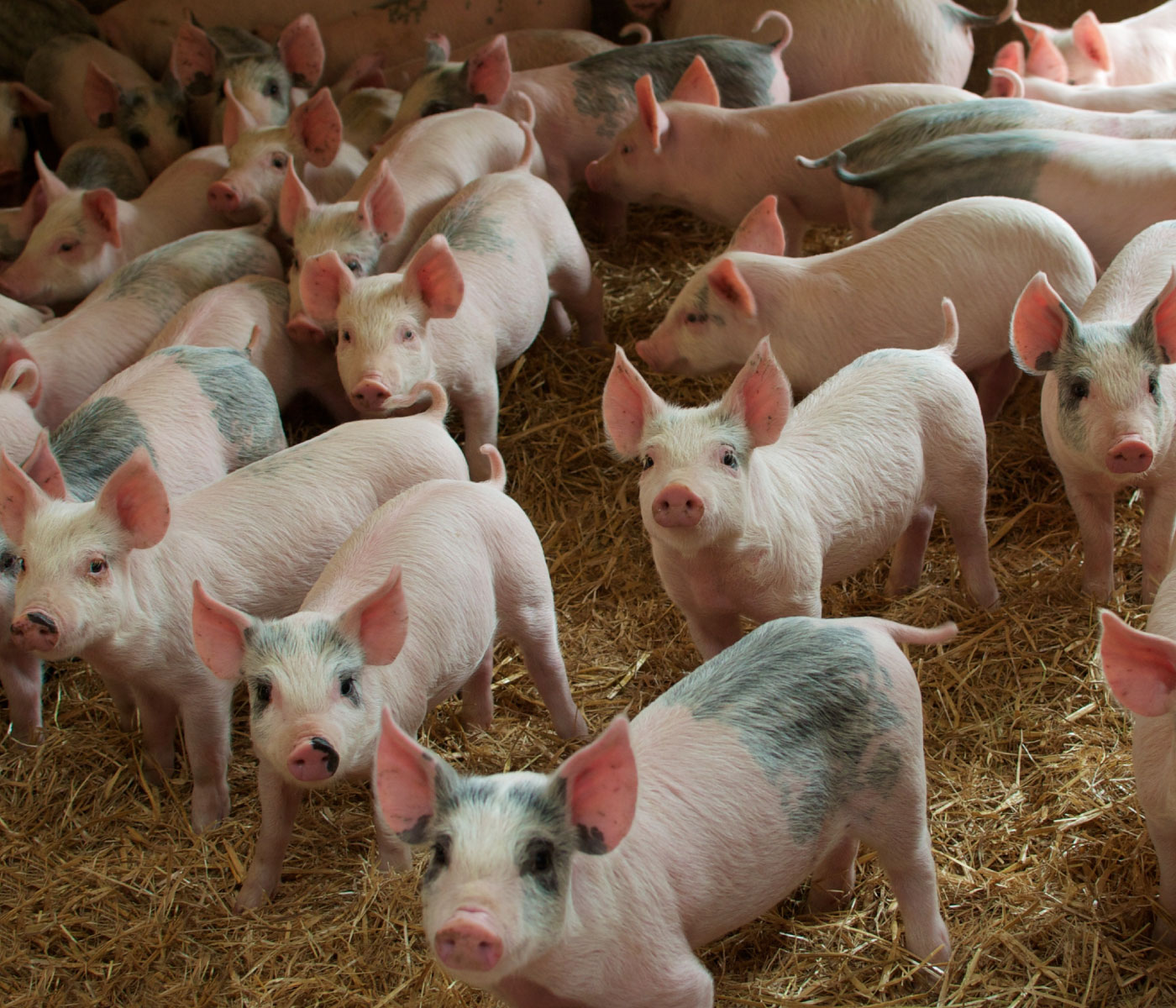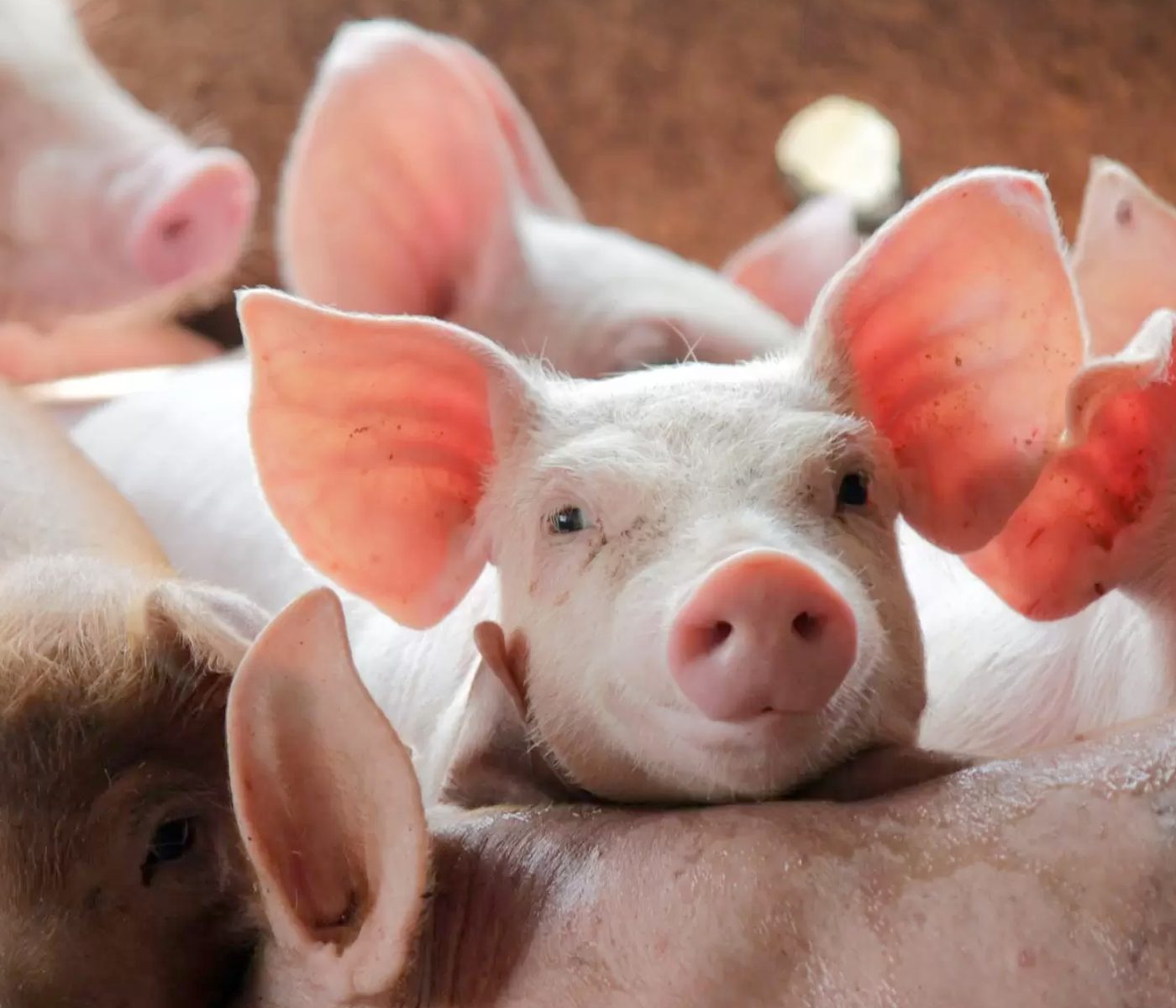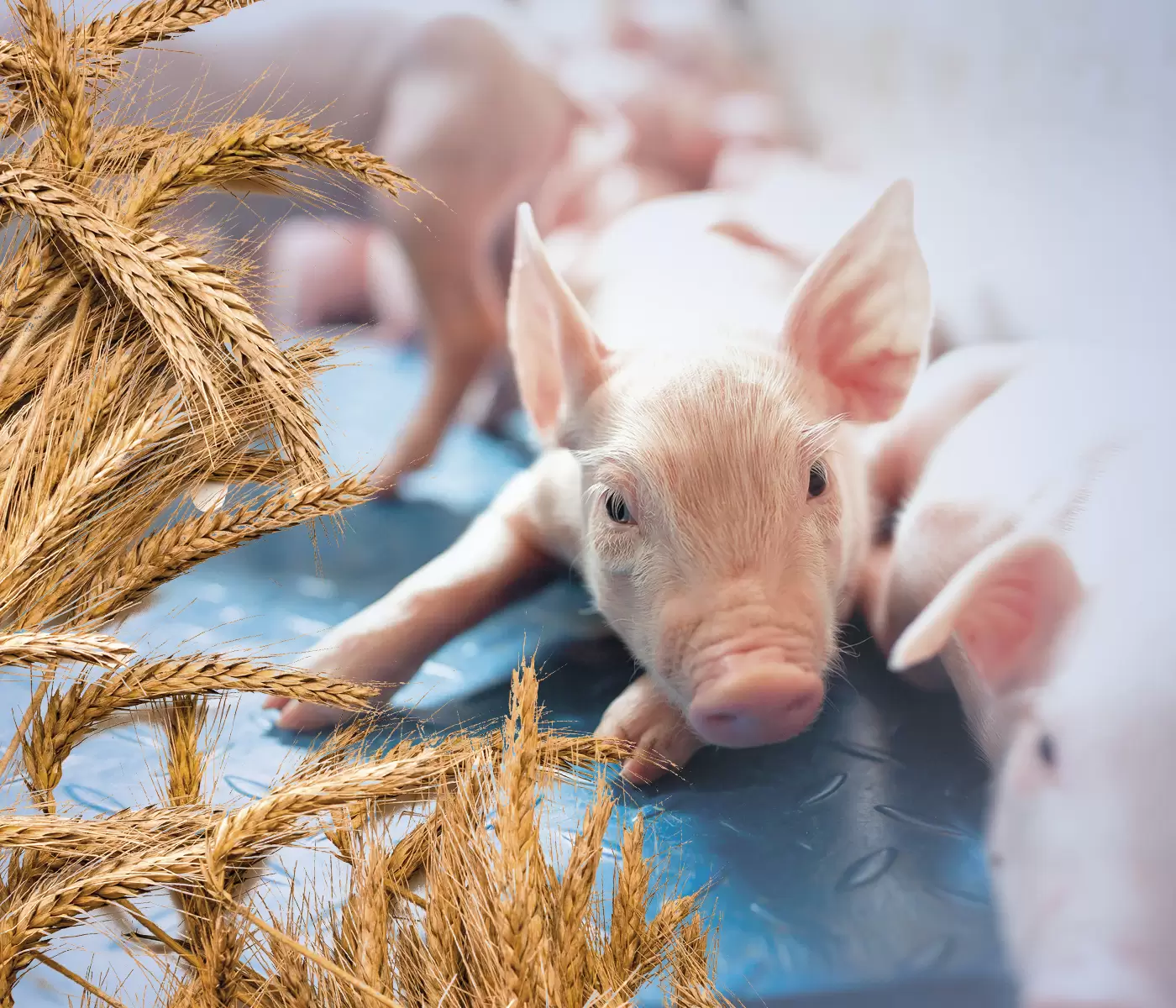Home » Livestock production: Contributions to human health & global food security
 01 May 2023
01 May 2023
Livestock production: Contributions to human health & global food security
Livestock production and its contribution to human health and current global food security.
Feed autonomy and self-sufficiency in food production has become an evident priority for all nations. Events like the Covid-19 pandemic and geo-political conflicts in 2022 have revealed the world’s high dependence on a few markets for the supply of crops, staple foods, and agricultural inputs such as pesticides and fertilizers. Exposing the population to the risk of food production disruptions and the threat of food insecurity. The UN’s Food and Agriculture Organization(FAO) has recently issued a report on livestock production worldwide. Assessing its contribution to sustainable food systems, healthy diets and global food security. As well as evaluating the impacts of livestock production on economic, social and environmental sustainability at a global scale.
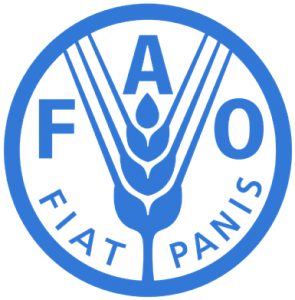 The recently published report by FAO’s Agriculture Committee is made up four documents. The first one being the document that has been made public last week. This entry aims to make a comprehensive assessment of how terrestrial animal food sources help improve people’s diets around the world. Thus, contributing towards healthier lifestyles and improved overall health.
The recently published report by FAO’s Agriculture Committee is made up four documents. The first one being the document that has been made public last week. This entry aims to make a comprehensive assessment of how terrestrial animal food sources help improve people’s diets around the world. Thus, contributing towards healthier lifestyles and improved overall health.
Data from approximately 250 policy documents and more than 500 scientific papers has been reviewed and used to make such report. Turning it into the most comprehensive assessment of its kind up to date. At least in terms of evaluating animal derived food sources and their positive and negative impacts on human health.
Livestock production worldwide
Two-thirds of all agricultural land on the planet is marginal, filled with cellulose-rich grasses that are indigestible to humans. These are usually areas where cereal grains and other edible crops for human consumption cannot be grown. However, some livestock species are capable of adapting to different environments, which allows them to take advantage of such marginal lands that are useless for conventional agriculture. Therefore, contrary to what many people believe, these species represent a highly valuable food source. Allowing to turn organic matter into high value proteins which cannot be achieved by any other type of productive activity. In addition to this, livestock species provide important ecosystem services including: energy provision, enhancing soil fertility, and modulating land use and landscape management.
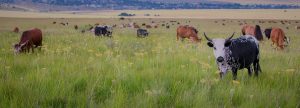
More than a billion people depend on livestock value chains around the world, where small-scale livestock farmers represent a large percentage. Considering that rangeland or grassland ecosystems occupy close to 40 percent of the world’s terrestrial area, small scale productions represent a way of transforming vegetation into food. Highlighting, how adequately integrated livestock production can increase the resilience of small-scale farming systems and the livelihood of the communities in which these productive activities are carried out.
Animal derived products in human nutrition: Understanding variations around the globe
According to the report, and as it would be expected, consumption of animal-based foods varies widely around the world. For example:
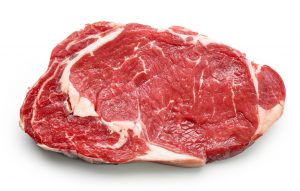 In regards to meat consumption, the average person in Burundi consumes just 3kg of meat a year, compared to 136kg for someone living in Hong Kong, states FAO.
In regards to meat consumption, the average person in Burundi consumes just 3kg of meat a year, compared to 136kg for someone living in Hong Kong, states FAO.
As for milk, the average annual consumption in the Republic of Congo is 160 g, while in Montenegro it amounts to 338 kg.
 Finally when looking into egg consumption, a person in South Sudan ingests 2 g of eggs in a year , while in Hong Kong that figure averages 25 kg.
Finally when looking into egg consumption, a person in South Sudan ingests 2 g of eggs in a year , while in Hong Kong that figure averages 25 kg.
Table 1. Contribution of terrestrial animal food sources to caloric supply according to region and subregion.
Source: FAO
The mentioned report specifically points out that meat, eggs, and milk provide nutrients that cannot be easily obtained in foods of plant origin. These nutrients are especially important in certain stages of human life, such as pregnancy, lactation, childhood, adolescence, and old age.
Macronutrients like proteins, fats and carbohydrates, and micronutrients such as iron or vitamin A, are difficult to find in adequate quantity and quality in diets that are solely plant-based.
Deficiencies of iron, vitamin A, and zinc are among the most common in the world. and according to the report, one-third of all preschool children present deficiencies of at least one of these micronutrients.

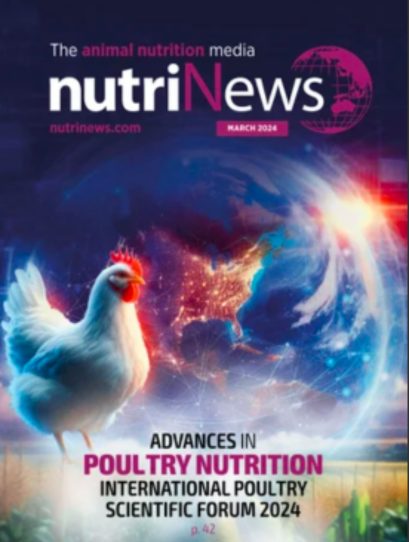

 The recently published report by FAO’s Agriculture Committee is made up four documents. The first one being the document that has been made public last week. This entry aims to make a comprehensive assessment of how terrestrial animal food sources help improve people’s diets around the world. Thus, contributing towards healthier lifestyles and improved overall health.
The recently published report by FAO’s Agriculture Committee is made up four documents. The first one being the document that has been made public last week. This entry aims to make a comprehensive assessment of how terrestrial animal food sources help improve people’s diets around the world. Thus, contributing towards healthier lifestyles and improved overall health.



